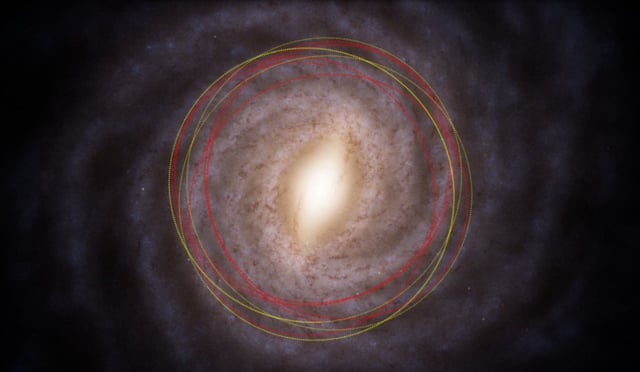Overview
- NASA’s ATLAS telescope detected 3I/ATLAS on July 1 from Río Hurtado, Chile, confirming its interstellar trajectory from Sagittarius and revealing an active coma potentially larger than past visitors.
- The Royal Astronomical Society suggests 3I/ATLAS may be the oldest comet observed and the first from the Milky Way’s thick disk as it sweeps inside Mars’s orbit on October 30, staying at least 1.6 AU from Earth.
- Comet C/2025 K1 (ATLAS), discovered May 25 in Chile, is on its first solar approach and will reach perihelion at 0.33 AU on October 8 with a risk that its nucleus could fragment under intense heat.
- Brightness forecasts project C/2025 K1 peaking near magnitude 5.2 in October, making it visible with binoculars and potentially the naked eye under dark-sky conditions.
- C/2025 K1 will make its closest Earth approach at 0.40 AU on November 24, and 3I/ATLAS is slated to reappear in early December, extending viewing windows across the Southern Hemisphere.


